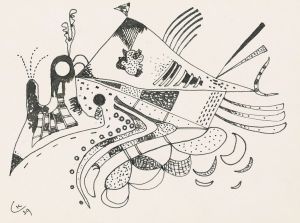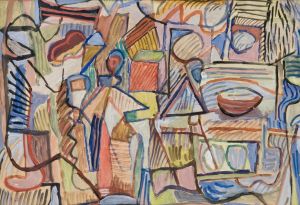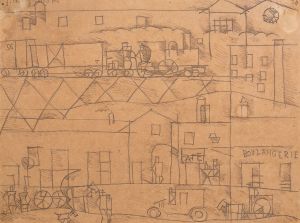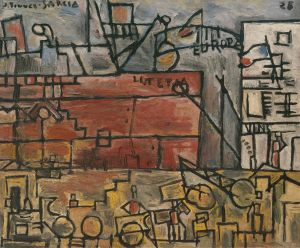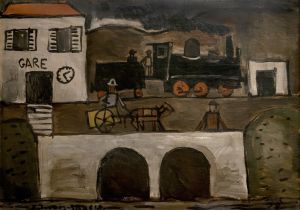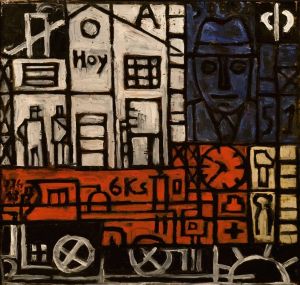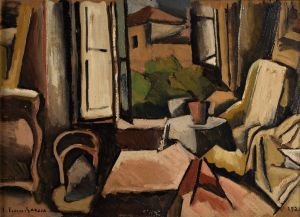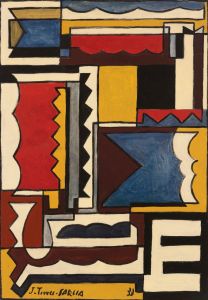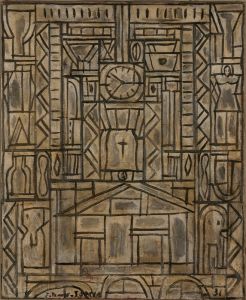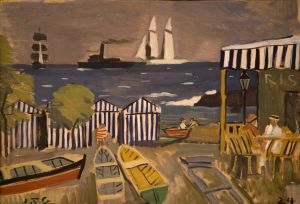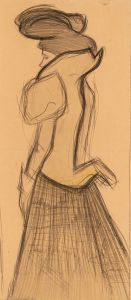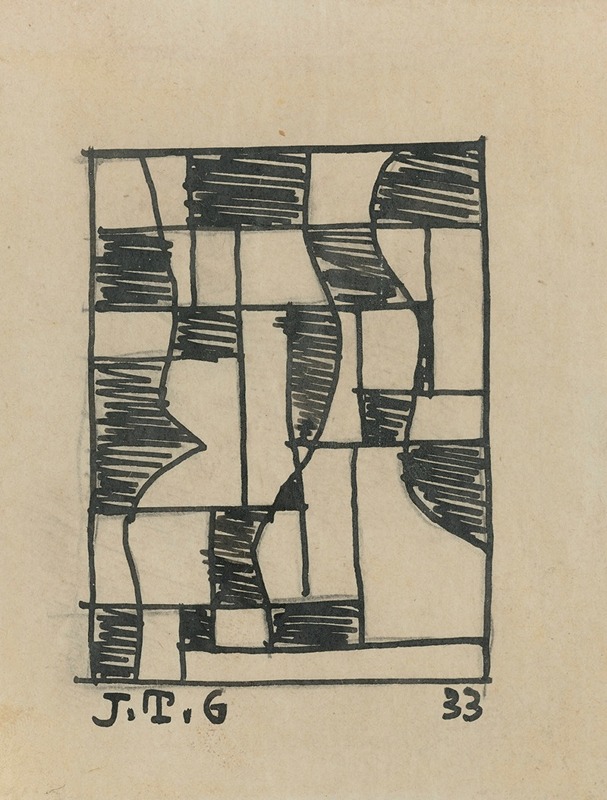
Formas
A hand-painted replica of Joaquín Torres-García’s masterpiece Formas, meticulously crafted by professional artists to capture the true essence of the original. Each piece is created with museum-quality canvas and rare mineral pigments, carefully painted by experienced artists with delicate brushstrokes and rich, layered colors to perfectly recreate the texture of the original artwork. Unlike machine-printed reproductions, this hand-painted version brings the painting to life, infused with the artist’s emotions and skill in every stroke. Whether for personal collection or home decoration, it instantly elevates the artistic atmosphere of any space.
Joaquín Torres-García was a prominent Uruguayan artist known for his significant contributions to modern art, particularly in the realm of Constructivism. Born in Montevideo in 1874, Torres-García spent much of his life traveling and working in various cultural hubs, including Barcelona, New York, and Paris. His work is characterized by a unique synthesis of European modernism and Latin American cultural elements, which he termed "Universal Constructivism."
"Formas" is one of Torres-García's notable works, exemplifying his Constructivist approach. Although specific details about this particular painting are limited, it is representative of his broader artistic philosophy and style. Torres-García's Constructivism was heavily influenced by his time in Europe, where he interacted with avant-garde movements and artists. He was particularly inspired by the geometric abstraction and the emphasis on structure and order found in Constructivism, a movement that originated in Russia in the early 20th century.
In "Formas," Torres-García employs a grid-like structure, a hallmark of his work, which reflects his belief in a universal order. This grid is often filled with a variety of symbols and shapes, each carrying its own meaning. These symbols are drawn from a wide range of sources, including pre-Columbian art, ancient Mediterranean cultures, and modern industrial society. This eclectic mix of symbols is intended to convey a sense of timelessness and universality, bridging the past and the present.
The use of earthy tones and muted colors in "Formas" is typical of Torres-García's palette, reflecting his interest in creating a harmonious and balanced composition. The painting's structure and color scheme work together to create a sense of rhythm and movement, guiding the viewer's eye across the canvas. This dynamic quality is a key aspect of Torres-García's work, as he sought to engage the viewer in an active process of interpretation and reflection.
Torres-García's work, including "Formas," is also notable for its emphasis on the human figure and its integration into the geometric framework. This reflects his belief in the interconnectedness of all things and the importance of human experience within the universal order. The figures in his paintings are often stylized and abstracted, yet they retain a sense of humanity and emotion.
Throughout his career, Torres-García was dedicated to the idea of creating a new visual language that could communicate across cultural and temporal boundaries. His work has had a lasting impact on the development of modern art in Latin America and beyond. He founded the "Taller Torres-García" in Montevideo, a workshop that became a center for artistic innovation and education, influencing generations of artists.
In summary, while specific information about "Formas" is limited, it is representative of Joaquín Torres-García's broader artistic vision and his contributions to Constructivism. His work continues to be celebrated for its innovative approach to form, color, and symbolism, and its ability to transcend cultural and historical contexts.






